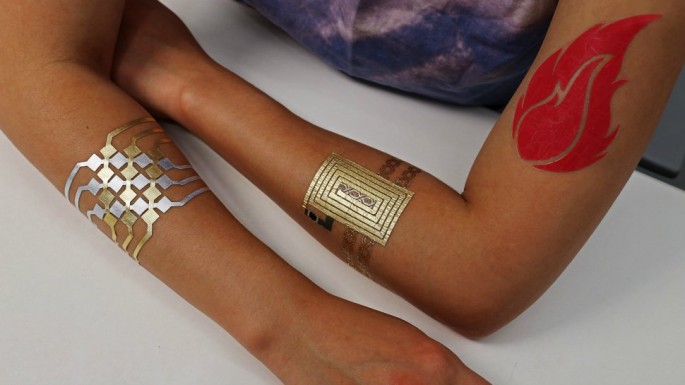Researchers from Microsoft Research and the Massachusetts Institute of Technology (MIT) Media Lab innovated new fancy technology in the form of a (non-permanent) tattoo which acts as a touchpad, enabling users to have remote control over their smart phones, as well as data sharing through NFC.
The new skin-oriented technology is called the DuoSkin. The circuit can be designed through virtually every graphic software and stamp the circuit in gold leaf as a tattoo, according to the description posted on MIT's website.
The gold leaf is said to be able to conduct electricity. Various materials which can be applied by the user would make the tattoo interactive. A full presentation regarding the technology will be held in a symposium about wearables next month.
The device is sensitive to the skin, which means that it will be able to sense movement and interpret it on the smart phone when it feels a sliding finger through it. For the first time in history, fashion on a person's skin unexpectedly contains an impressive functionality for other devices.
According to the team, gold leaf was chosen as the main material because it produces a metallic glimmer, which might be the preference among users, all the while keeping its functions safe. It is applied on the skin just the same as a normal henna tattoo: the gold leaf is directly pushed on the surface of the epidermis.
The technology has three different types for users with each of their own functions, according to The Verge. The first type is for input sensory, in which the "tattoo" acts like a laptop's trackpad, which can be used for several functions in laptops and smart phones.
The second type is both input- and output-based wherein the design has the ability to shift its colors depending on the current temperature. This particular function is similar to mood rings. Lastly, the third acts like a device of communication where stored data can be extracted from the tattoo into the mobile phone or laptop.
This holds promising potential and may very well be the future of tattoos, where function takes over fashion and is combined into one thing.



























